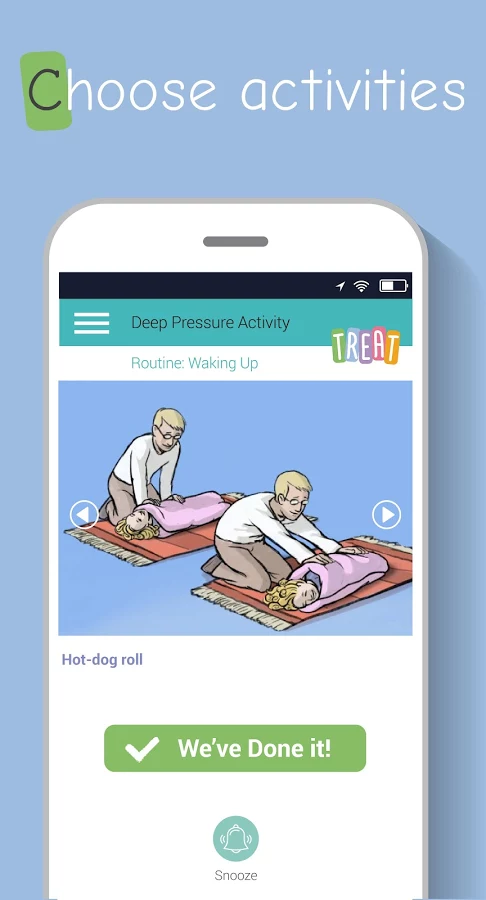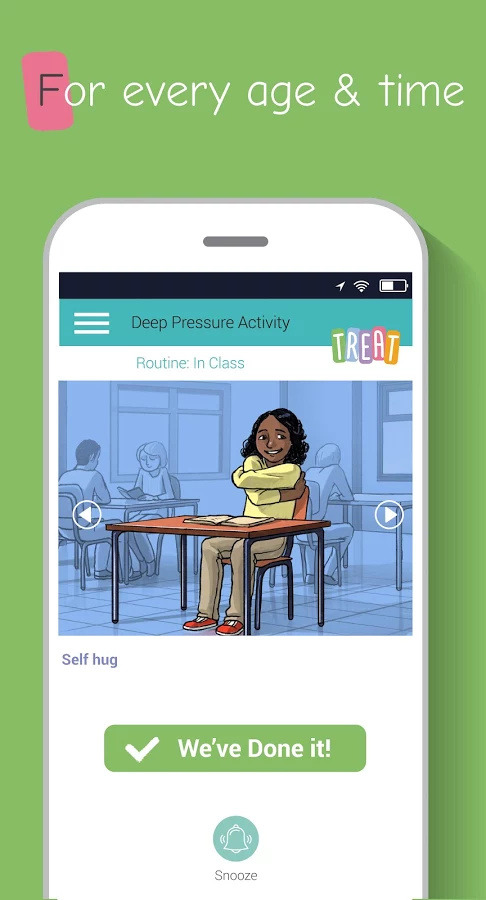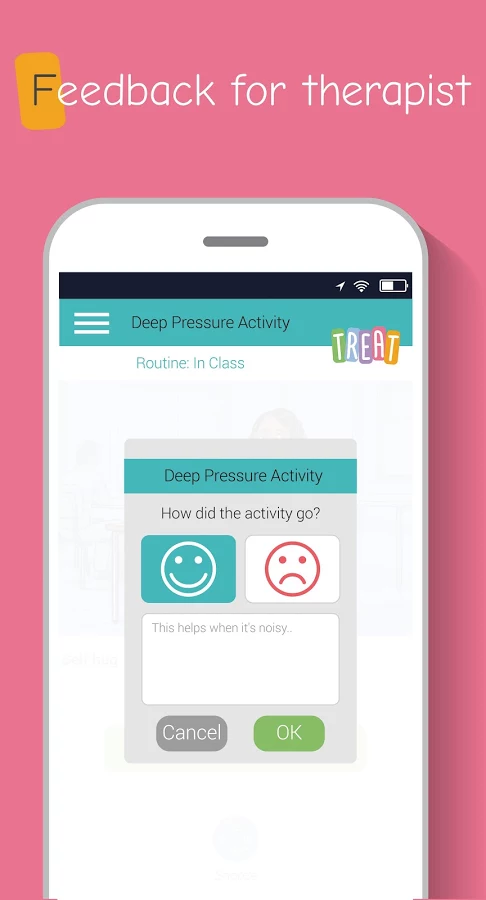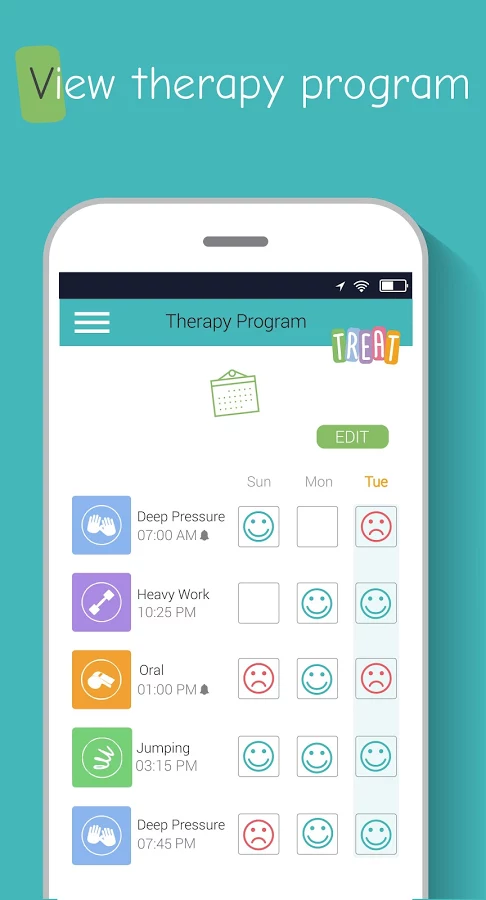
- Home programs have been proven effective in children with sensory issues.
- Sensory regulation happens in the child’s natural environment.
- Studies show that new skills generalize well across contexts.
- Repeated practice strengths new, more adaptive responses.
- Learning principals such as scaffolding and fading foster self regulation.
 For managing your child’s home program
For managing your child’s home program





Sensory Processing Disorder (SPD) is becoming more commonly diagnosed as a result of increasing awareness. Sensory integration home programs, sometimes referred to as sensory diet or sensory based strategies, are the ‘Achilles Heel’ of occupational therapy. They are probably the most vital component of sensory integration therapy, yet the hardest to adhere with. Studies have shown that caregivers’ involvement in the child’s sensory diet is the most influential factor on child outcomes. Reflecting on our own experiences with sensory diet home programs, has taught us these tips for a successful sensory integration therapy:


